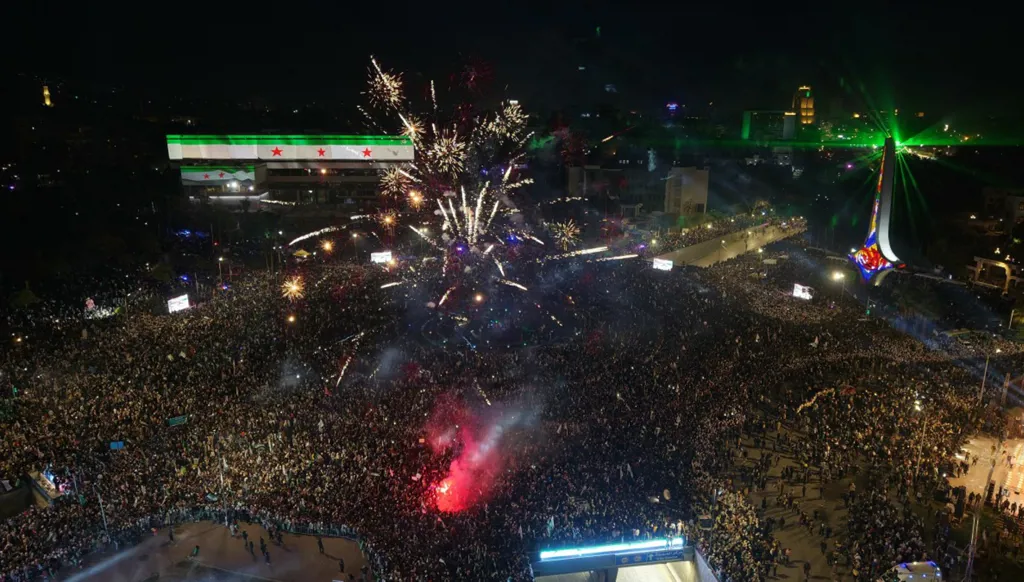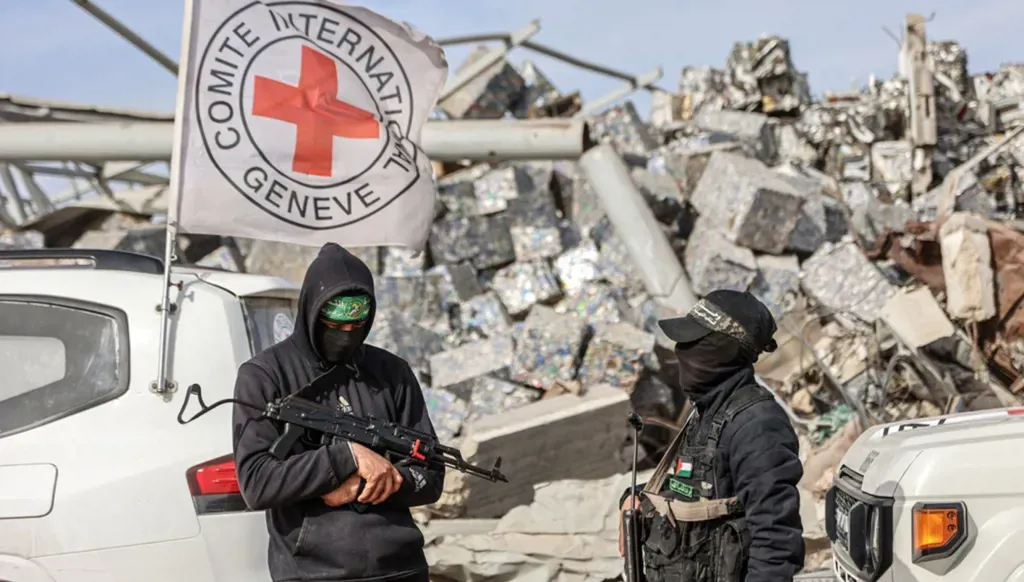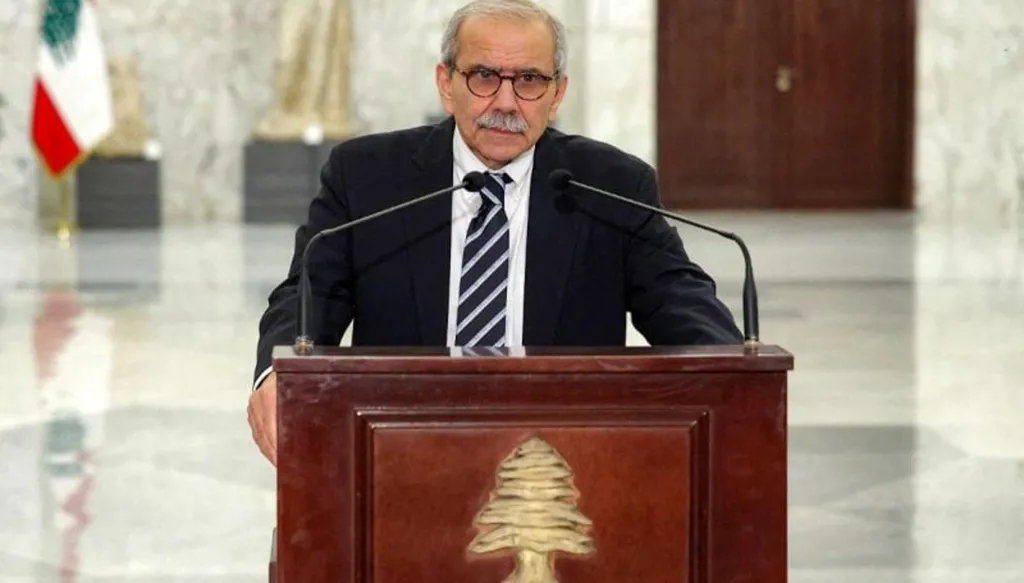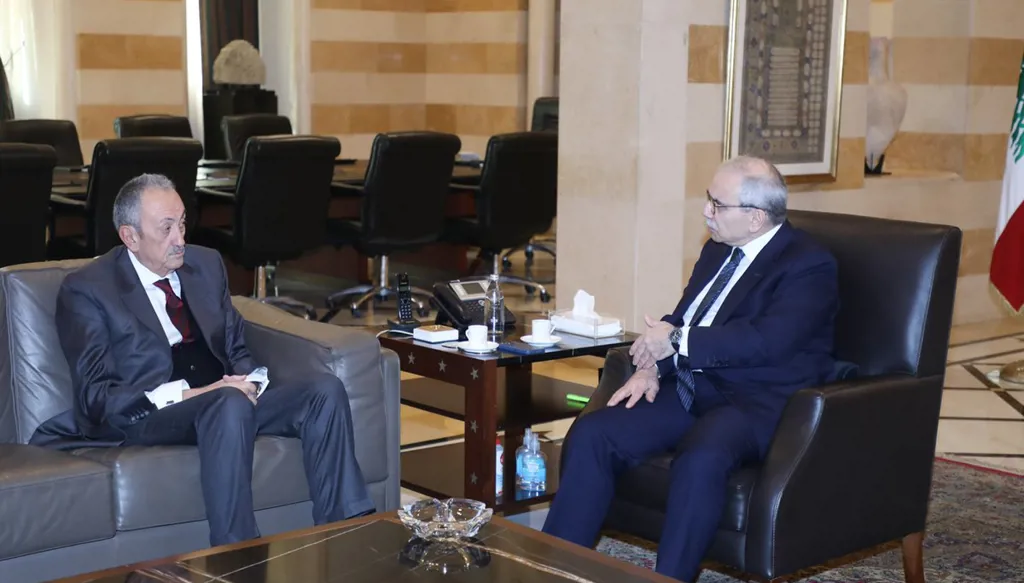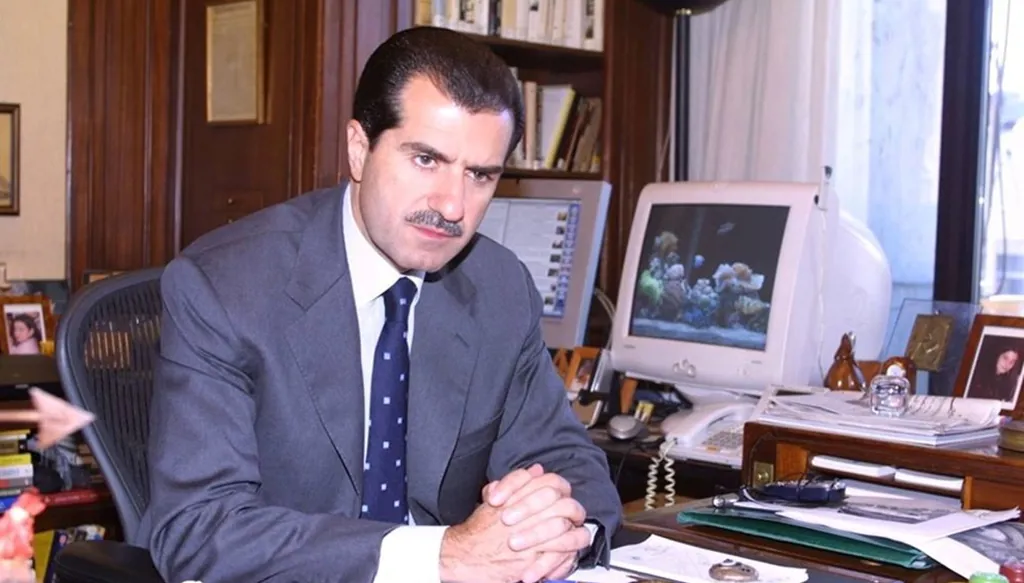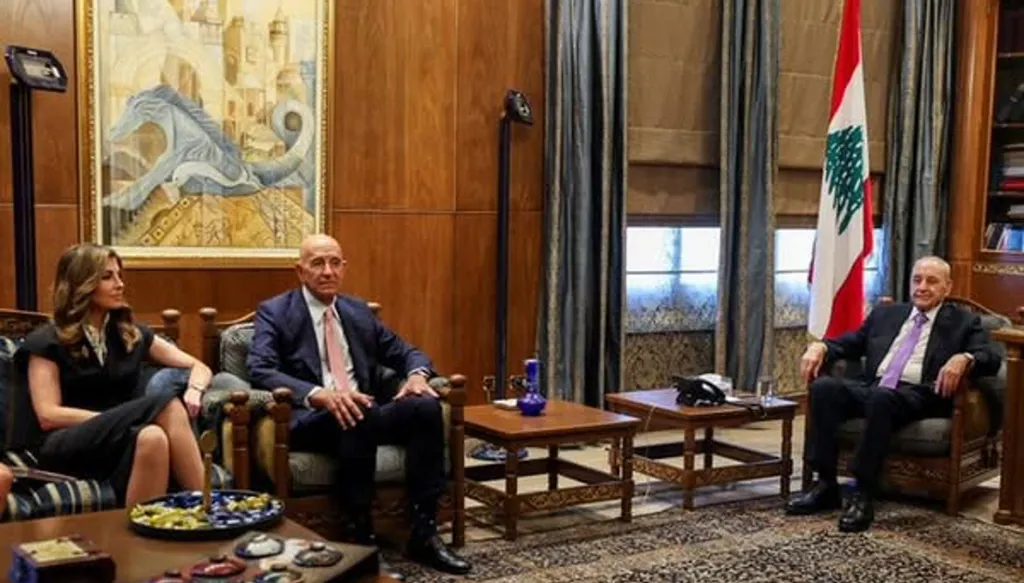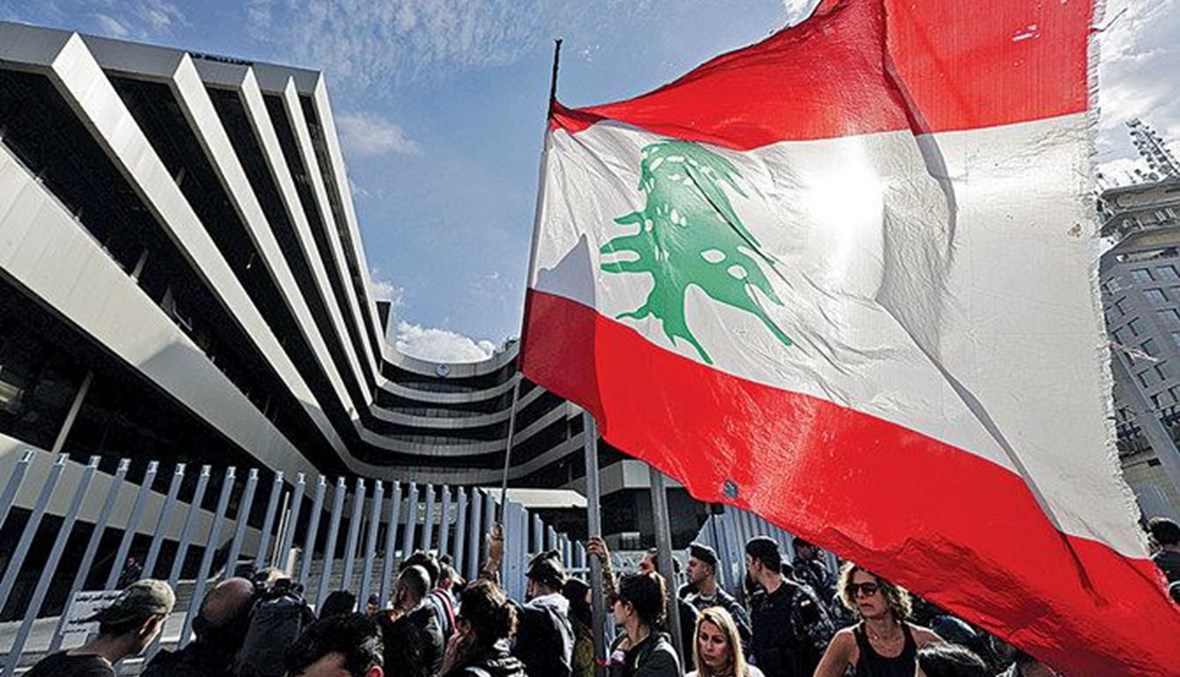
Lynn Zovighian
On January 12, the World Bank Group Board of Directors approved a US$ 246 million facility to activate the ESSN, the Lebanon Emergency Crisis and Covid-19 Response Social Safety Net Project. The Republic of Lebanon is the borrower with a low-interest long-term maturity loan (no details). The Office of the Prime Minister is the implementing agency (also no details).
On January 13, the World Bank Group published their 3,700+ word brief, spelling out the design and implementation plan of this humanitarian aid mechanism. Since, social media has erupted with angry journalists and citizens tearing it apart.
While a dedicated consultative review is necessary to study and stress-test its details, there are some salted wounds that I find need to be highlighted.
Oh, data
The objectives of the ESSN are important and noteworthy, positioned as a multi-layered solution against the chronic rapid poverty fundamentals engulfing the country. For now, let’s look into its first component, a US$ 204 million facility committed over a one-year period to provide cash transfers to 147,000 extremely impoverished households representing 786,000 Lebanese citizens via monthly payments using a pre-paid electronic card.
In the brief, the World Bank Group disclaims its ability to run proper poverty analysis due to the lack of data on poverty and impoverishment metrics in Lebanon. The data crisis in our country once again hits hard. Unfortunately, we know that a data deficit is a well-known culprit for poorly designed humanitarian assistance programs. For those of us who have taken the Hippocratic Oath, the alarm bells are already ringing. The pledge “when doing good, do no harm” is already deeply at risk.
Where it really hurts
The explicit objective of this first component is to “arrest the increase in extreme poverty.” So much weight and importance is now on getting this first component right.
What is the proposed safety net to address this impoverishment quicksand? 100,000 LBP will be paid out monthly to each household member at a rate of 1.6 times the banking system currency exchange rate of 3,900 LBP to the US dollar. In other words, cash transfers will be paid out in local currency at 6,240 LBP, fixed over the next year. When compared with the running and volatile 30-day historical average (we have no high-quality forecast data) of 8,462 LBP to the US dollar, that means deeply impoverished participating households will receive cash aid equivalent to US$ 12.5 a month per household member. So rather than 1.7 trillion LBP being injected into the market, only 1.2 trillion LBP will arrive to the pockets of the extremely poor, threatening purchasing power parity by 26.25%.
This will institutionalize the already chronic financial vulnerabilities of the country’s poorest citizens.
Rather than conducting a needs-based cost of living analysis on how much is financially required to ensure impoverished households cover for food, medicines, utilities, clothing, house expenses, rent, and other important cost items… a current expenditure analysis has been used instead. Except, the average monthly expenditure of the extreme poor no longer cover basic needs (note: there is no gap analysis data on Lebanon and a basket of goods analysis has not been published).
You cannot “arrest” rapid impoverishment over a one-year-long aid program that neither stabilizes the purchasing power of extremely vulnerable households nor equips them with real disposable income capacity. What a shame when the wrong or insufficient data points are used to design and justify a poverty alleviation aid mechanism that we already can see will not meet its intended objectives. And also, has serious risks of causing tremendous harms along the way.
Don’t pass the salt.
I wish the quick analysis would stop there, but there is more to bring to your attention.
When you deduct the 30-day average exchange rate of 8,462 LBP from the World Bank denominated rate of 6,240 LBP to the US dollar, you are left with 2,222 LBP. We have no understanding of the accounting practices that will be used by the Banque du Liban and any participating financial institution (the bank that will hold this facility is still not announced). At what exchange rate will the Banque du Liban book this humanitarian aid in its books? At what rate will it print Lebanese Pounds or buy from the market? That remaining 2,222 LBP for every US dollar of aid, equivalent to the purchasing power erosion factor for each vulnerable household of 26.25% is equivalent to over 453 trillion LBP. If we apply the 30-day average exchange rate, that is equivalent to US$ 53.5 million. That’s quite a bank commission for incoming aid entering Lebanon.
But let us not put this all on the World Bank Group. This Lebanese Government clearly has excellent technical and negotiations skills.
---
Lynn Zovighian is a business and peacebuilder. She is the Managing Director of The Zovighian Partnership.
On January 13, the World Bank Group published their 3,700+ word brief, spelling out the design and implementation plan of this humanitarian aid mechanism. Since, social media has erupted with angry journalists and citizens tearing it apart.
While a dedicated consultative review is necessary to study and stress-test its details, there are some salted wounds that I find need to be highlighted.
Oh, data
The objectives of the ESSN are important and noteworthy, positioned as a multi-layered solution against the chronic rapid poverty fundamentals engulfing the country. For now, let’s look into its first component, a US$ 204 million facility committed over a one-year period to provide cash transfers to 147,000 extremely impoverished households representing 786,000 Lebanese citizens via monthly payments using a pre-paid electronic card.
In the brief, the World Bank Group disclaims its ability to run proper poverty analysis due to the lack of data on poverty and impoverishment metrics in Lebanon. The data crisis in our country once again hits hard. Unfortunately, we know that a data deficit is a well-known culprit for poorly designed humanitarian assistance programs. For those of us who have taken the Hippocratic Oath, the alarm bells are already ringing. The pledge “when doing good, do no harm” is already deeply at risk.
Where it really hurts
The explicit objective of this first component is to “arrest the increase in extreme poverty.” So much weight and importance is now on getting this first component right.
What is the proposed safety net to address this impoverishment quicksand? 100,000 LBP will be paid out monthly to each household member at a rate of 1.6 times the banking system currency exchange rate of 3,900 LBP to the US dollar. In other words, cash transfers will be paid out in local currency at 6,240 LBP, fixed over the next year. When compared with the running and volatile 30-day historical average (we have no high-quality forecast data) of 8,462 LBP to the US dollar, that means deeply impoverished participating households will receive cash aid equivalent to US$ 12.5 a month per household member. So rather than 1.7 trillion LBP being injected into the market, only 1.2 trillion LBP will arrive to the pockets of the extremely poor, threatening purchasing power parity by 26.25%.
This will institutionalize the already chronic financial vulnerabilities of the country’s poorest citizens.
Rather than conducting a needs-based cost of living analysis on how much is financially required to ensure impoverished households cover for food, medicines, utilities, clothing, house expenses, rent, and other important cost items… a current expenditure analysis has been used instead. Except, the average monthly expenditure of the extreme poor no longer cover basic needs (note: there is no gap analysis data on Lebanon and a basket of goods analysis has not been published).
You cannot “arrest” rapid impoverishment over a one-year-long aid program that neither stabilizes the purchasing power of extremely vulnerable households nor equips them with real disposable income capacity. What a shame when the wrong or insufficient data points are used to design and justify a poverty alleviation aid mechanism that we already can see will not meet its intended objectives. And also, has serious risks of causing tremendous harms along the way.
Don’t pass the salt.
I wish the quick analysis would stop there, but there is more to bring to your attention.
When you deduct the 30-day average exchange rate of 8,462 LBP from the World Bank denominated rate of 6,240 LBP to the US dollar, you are left with 2,222 LBP. We have no understanding of the accounting practices that will be used by the Banque du Liban and any participating financial institution (the bank that will hold this facility is still not announced). At what exchange rate will the Banque du Liban book this humanitarian aid in its books? At what rate will it print Lebanese Pounds or buy from the market? That remaining 2,222 LBP for every US dollar of aid, equivalent to the purchasing power erosion factor for each vulnerable household of 26.25% is equivalent to over 453 trillion LBP. If we apply the 30-day average exchange rate, that is equivalent to US$ 53.5 million. That’s quite a bank commission for incoming aid entering Lebanon.
But let us not put this all on the World Bank Group. This Lebanese Government clearly has excellent technical and negotiations skills.
---
Lynn Zovighian is a business and peacebuilder. She is the Managing Director of The Zovighian Partnership.
العلامات الدالة
الأكثر قراءة
المشرق-العربي
12/11/2025 6:15:00 AM
قذائف المزّة والعمليتان اللتان لم يفصل بينهما شهر تحمل رسائل تحذيرية إلى الشرع وحكومته، والرسالة الأبرز مفادها أن القصر الرئاسي تحت مرمى الصواريخ.
المشرق-العربي
12/11/2025 2:25:00 AM
إنّها المرة الأولى التي تتهم المنظمة "حماس" وفصائل أخرى بارتكاب جرائم ضد الانسانية.
المشرق-العربي
12/11/2025 2:10:00 PM
شدد على ضرورة منح المحافظة حكماً ذاتياً داخلياً أو نوعاً من الإدارة الذاتية ضمن سوريا كوسيلة لحماية الأقليات وحقوقها.
اقتصاد وأعمال
12/11/2025 10:44:00 AM
تكمن أهمية هذا المشروع في أنه يحاول الموازنة بين 3 عوامل متناقضة: حاجات المودعين لاستعادة ودائعهم بالدولار الحقيقي، قدرة الدولة والمصارف على التمويل، وضبط الفجوة المالية الهائلة التي تستنزف الاقتصاد
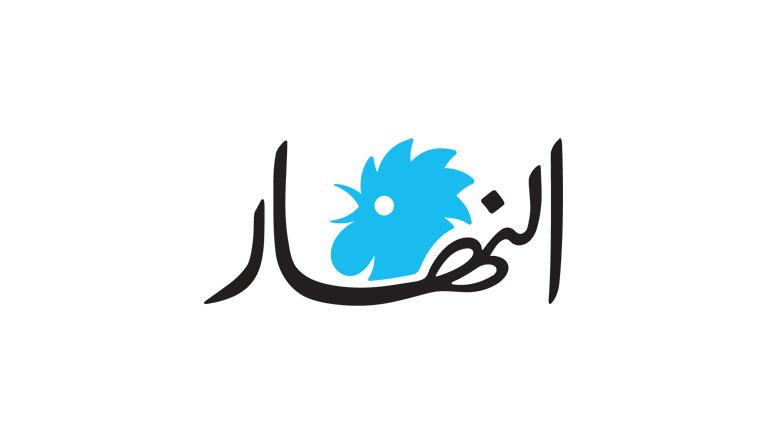




 مسنجر
مسنجر
 واتساب
واتساب
 ثريدز
ثريدز
 بريد إلكتروني
بريد إلكتروني
 الطباعة
الطباعة
 تويتر
تويتر
 فيسبوك
فيسبوك


